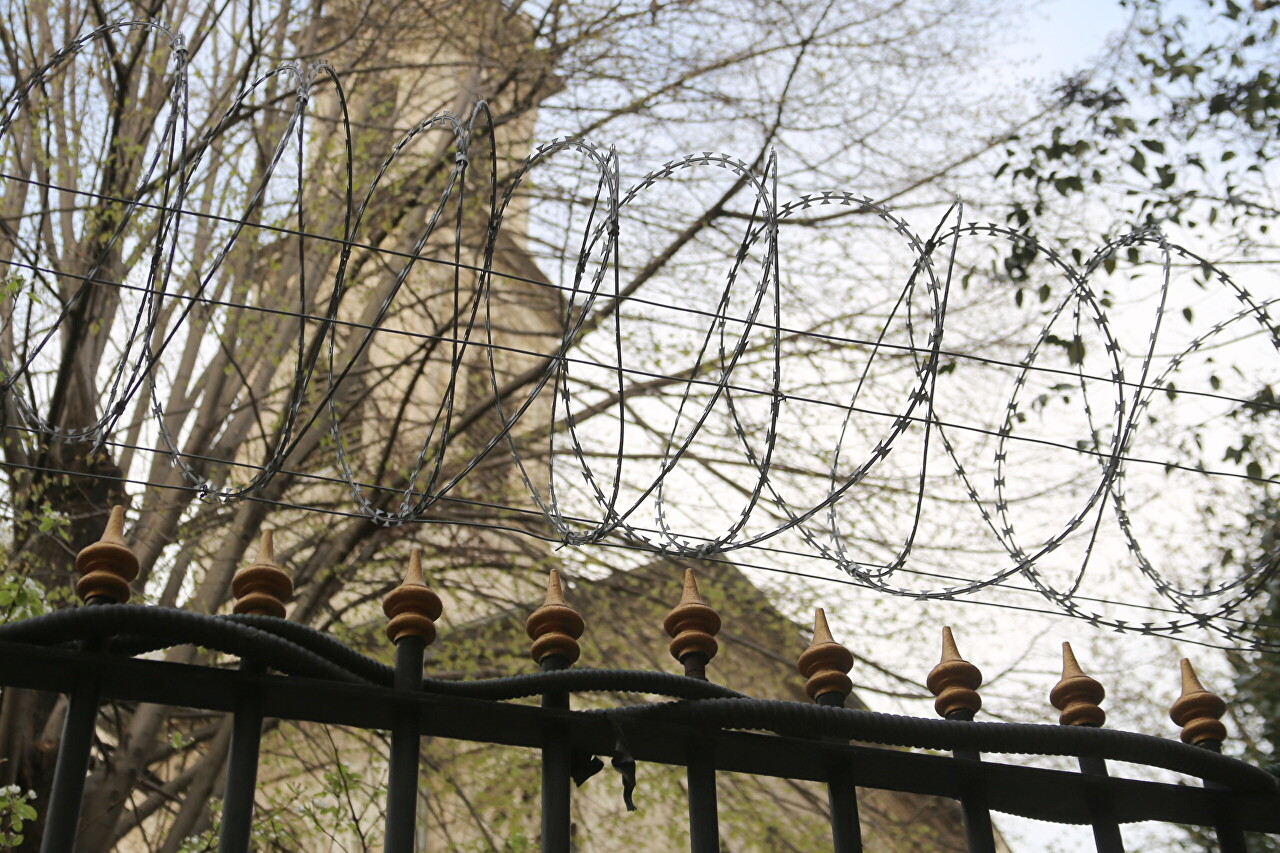Holy Trinity Greek Orthodox Church
If you look south from Taksim Square, you will see the dome and towers with crosses of Istanbul's largest Orthodox Church (Aya Triada Rum Ortodoks Kilisesi), owned by the Greek community. There has long been a Greek cemetery on this site with a small wooden church, about which no information has been preserved.
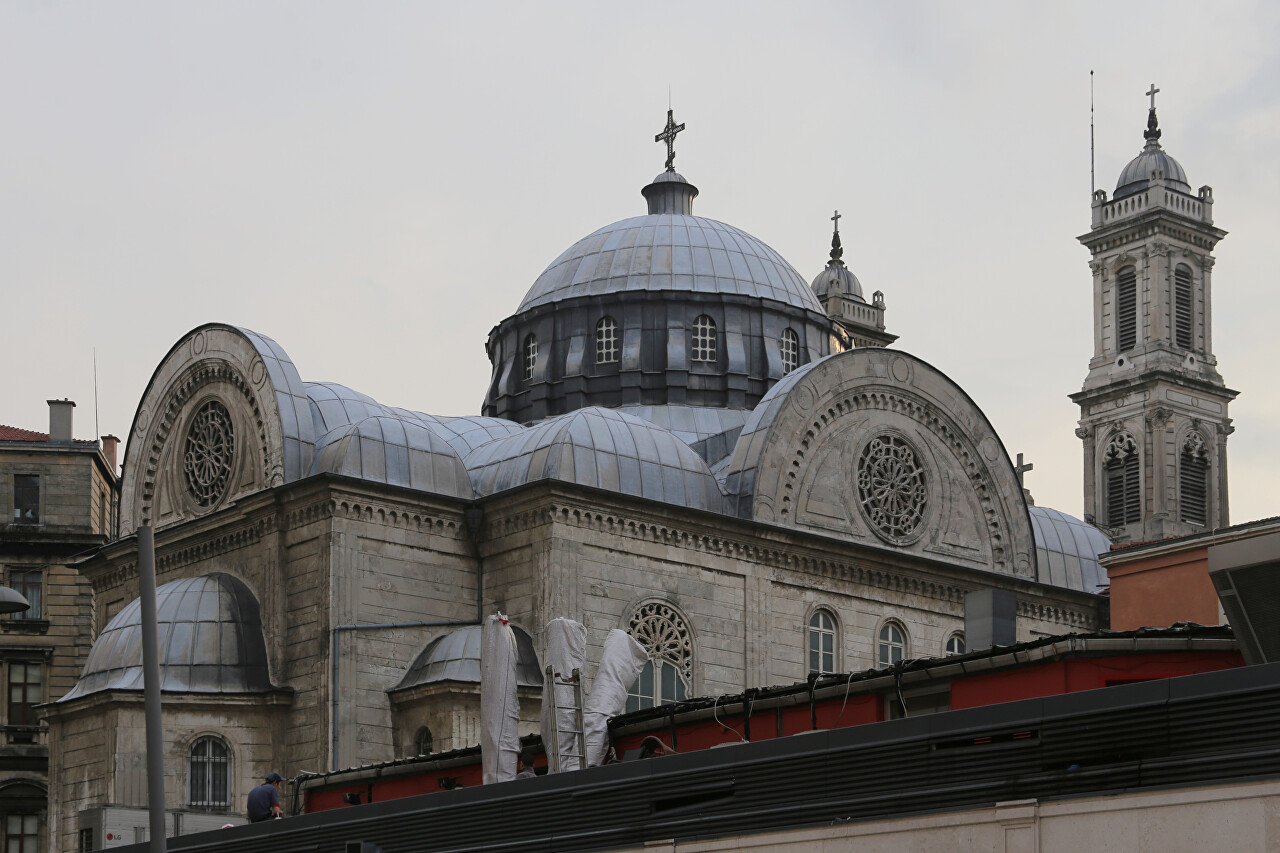
Over time, the size of the community grew and in the middle of the nineteenth century, the church became cramped for parishioners. On February 25, 1867, the community decided to build a large stone church and formed a committee consisting of clergy and wealthy parishioners. The Committee received permission from Sultan Abdulaziz to build and move the cemetery to the Pangaltı area. Now all Christians are buried there and it is known as the Catholic cemetery of Pangalta.
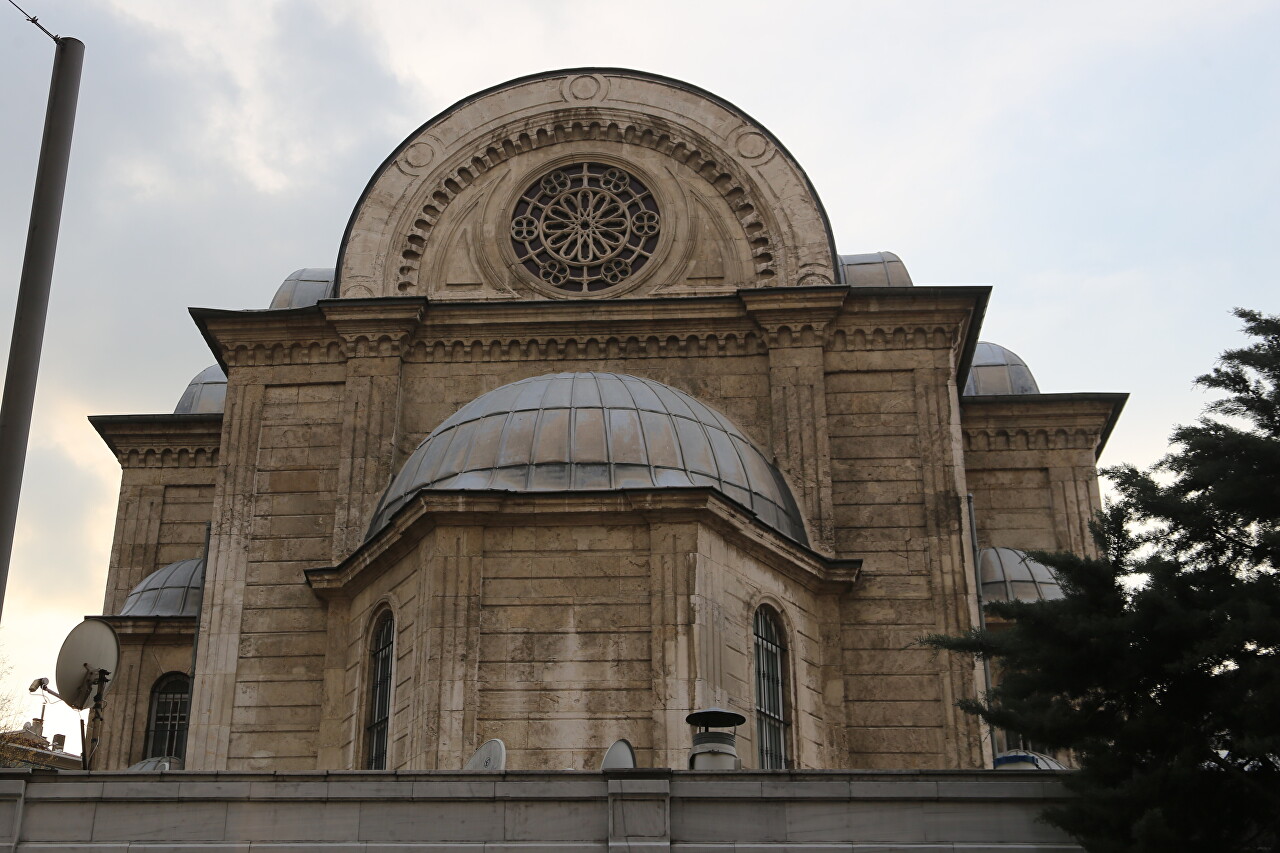
On August 13 of the same year, Ecumenical Patriarch Gregory VI laid the foundation of the church, which was blessed by Metropolitan Pamphilus Dionysius. The construction was led by the Imperial architect Vasilakis Ioannidis Efendi, and the design work was carried out by the Greek architect Potesaros. The construction was carried out at the expense of donations from members of the community, as well as funds received from lotteries. I want to say that this method of raising funds for charity is very common in modern Turkey. The opening of the church took place on September 14, 1880, on the Sunday of the Cross. The celebrations were attended by Ecumenical Patriarch John III and many high-ranking clergy.
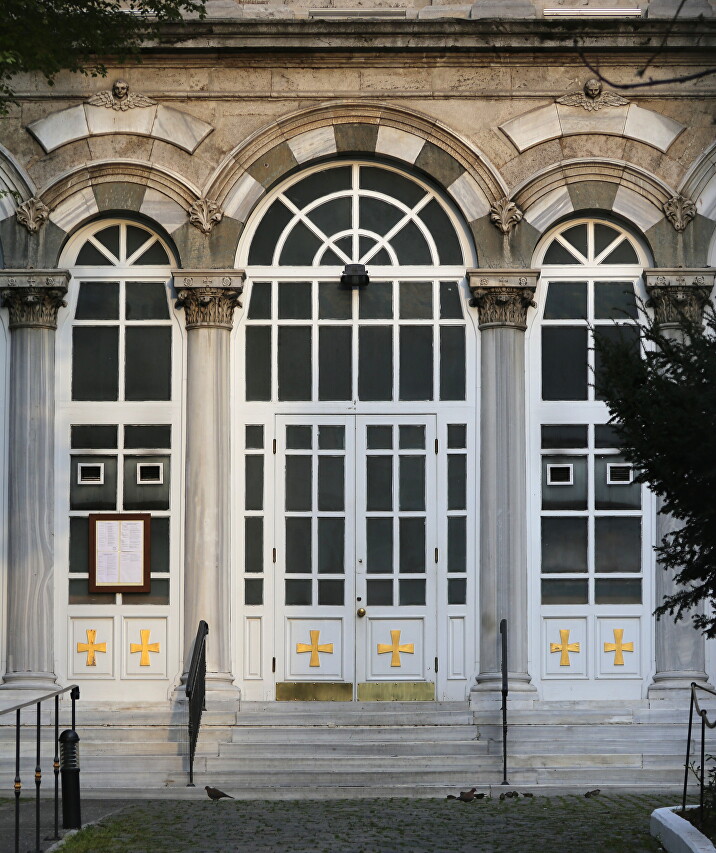
The stone building in the form of a Greek cross in plan is covered with a large central dome, reminiscent of the domes of mosques. The builders of that period lived in a multinational empire and applied elements of various architectural schools. Therefore, Greek Orthodox religious buildings were in many ways similar to the construction of mosques. The architectural style of the Holy Trinity Church can be defined as neo-Byzantine, but the main facade is made in the neo-Renaissance style.
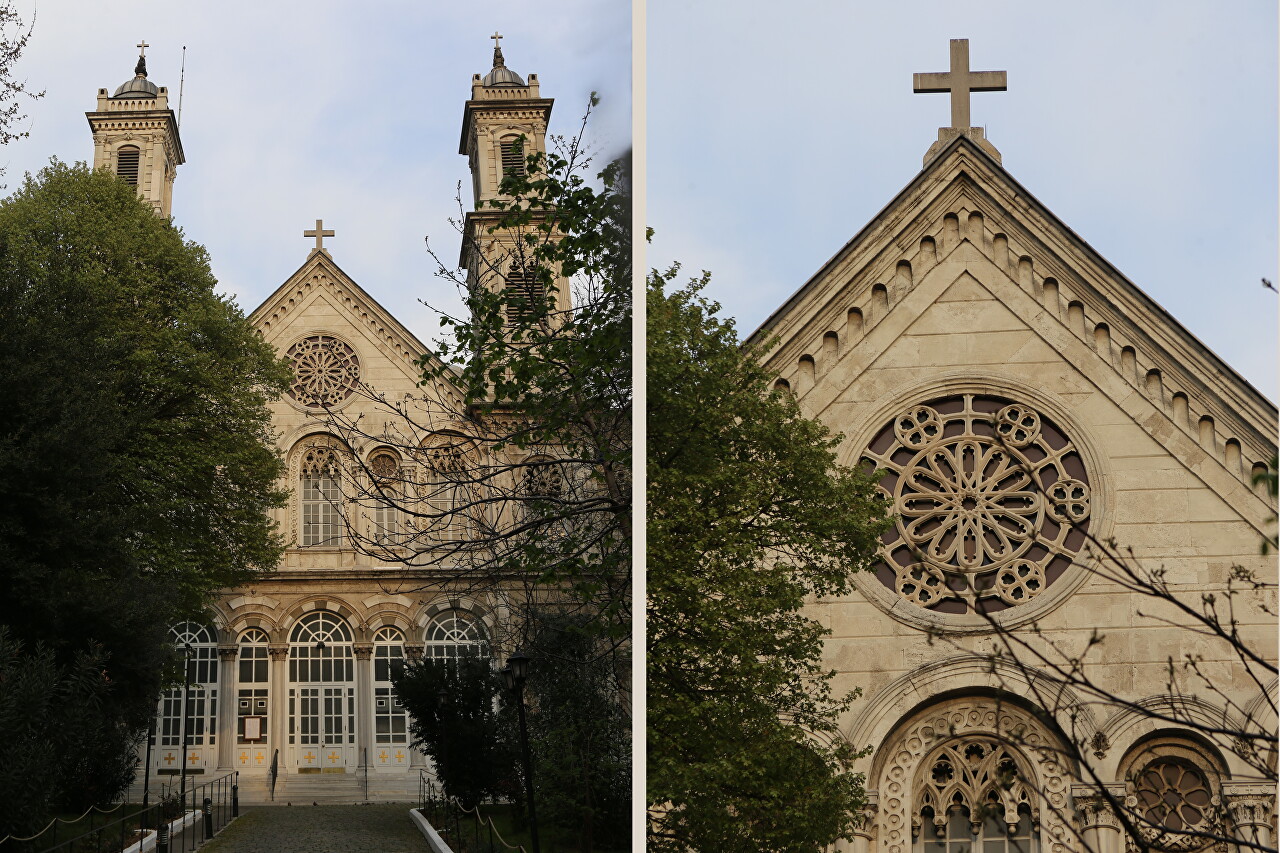
The main facade is flanked by two four-tiered bell towers in the Gothic style. The twelve windows in the dome's drum symbolize the twelve apostles of Jesus. Just like in Hagia Sophia, there are frescoes depicting six-winged angels (Seraphim) on the four domed sails. The interiors are decorated with icons in the Byzantine and Western styles, and the windows have elegant stained glass windows.
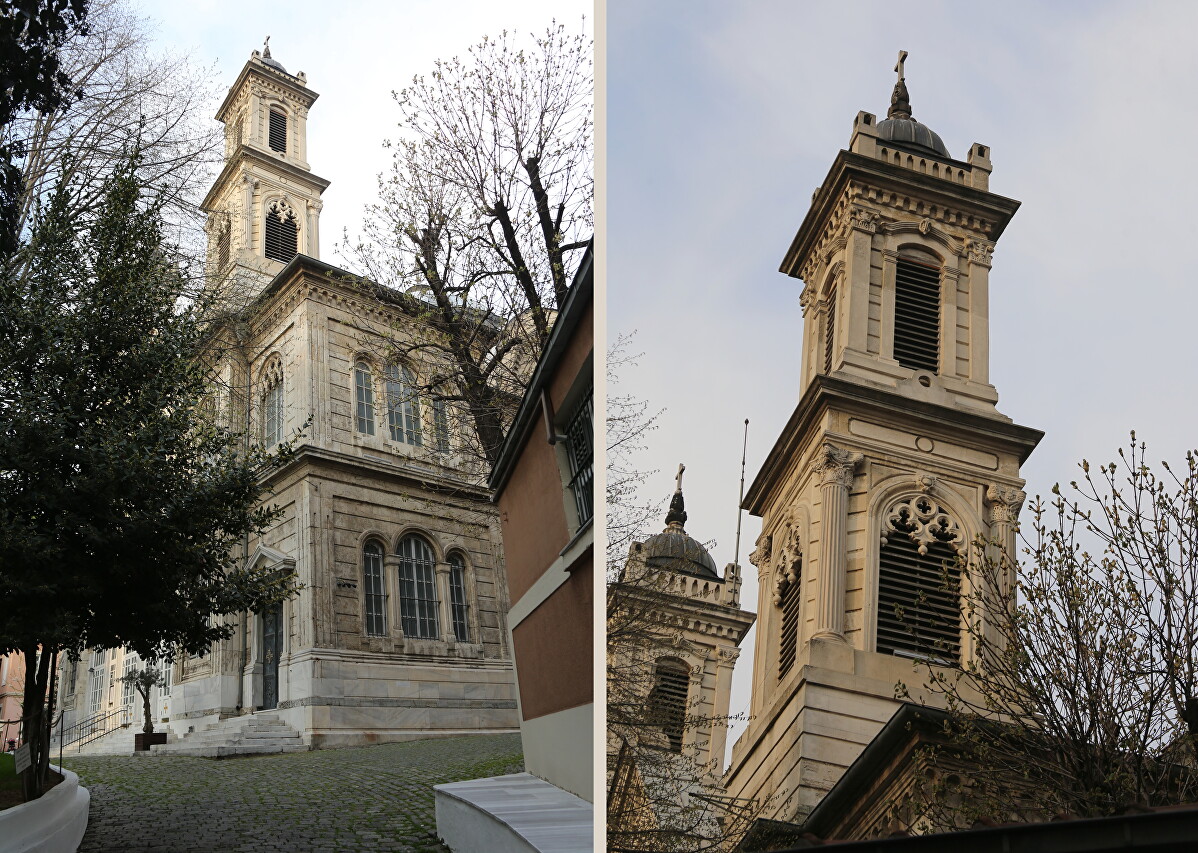
The church is surrounded by a large garden and auxiliary buildings, which housed the Holy Trinity School (closed in 1979 due to lack of students) and the hospital (closed in 1978). In 1935, the church opened a charity canteen, which still works thanks to the efforts of volunteers. During the Greek pogrom of September 6-7, 1955, the church was looted and burned.
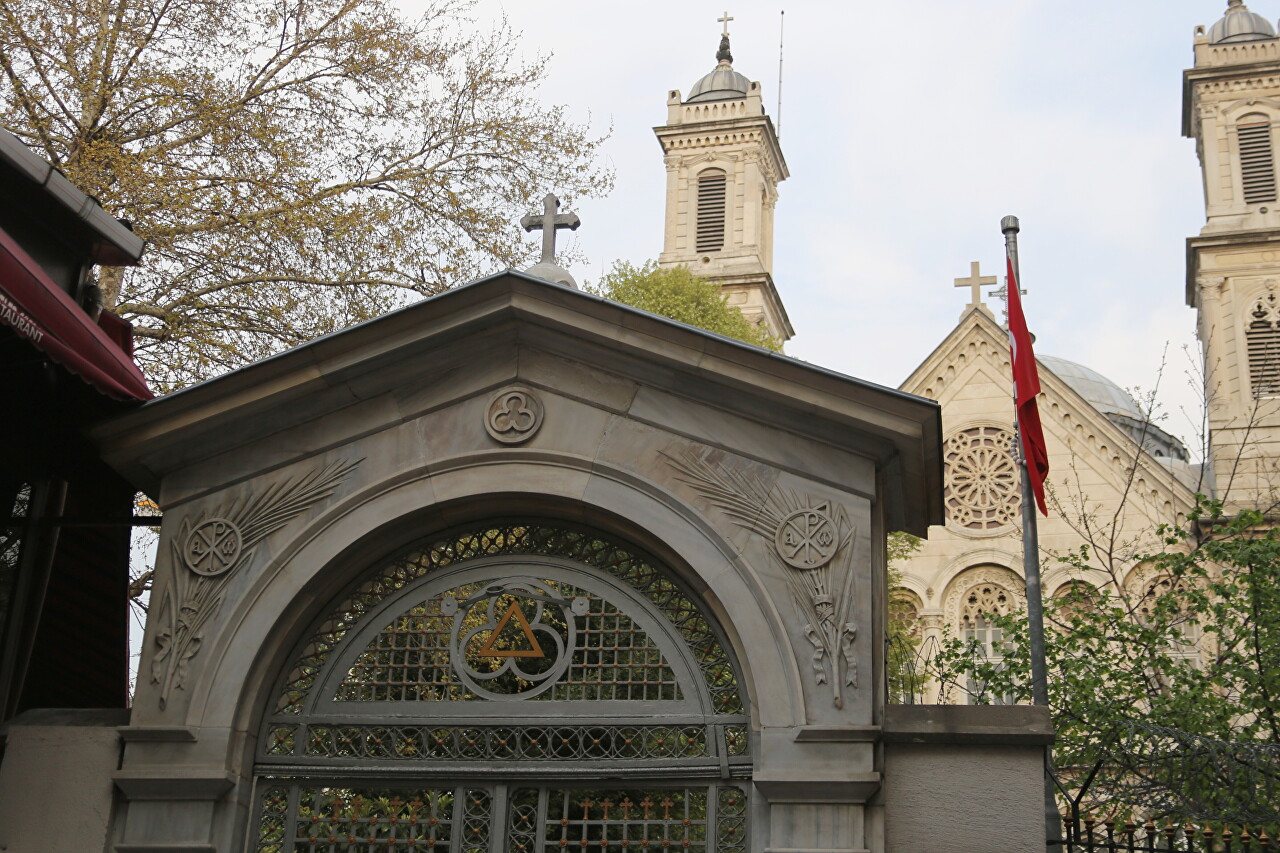
The revival of the church began only in the eighties, when businessman Panagiotis Angelopoulos donated ninety thousand US dollars to Ecumenical Patriarch Bartholomew, with these funds, repair work was started, which lasted almost twenty years. The renovated church was opened on March 23, 2003 by Ecumenical Patriarch Bartholomew.
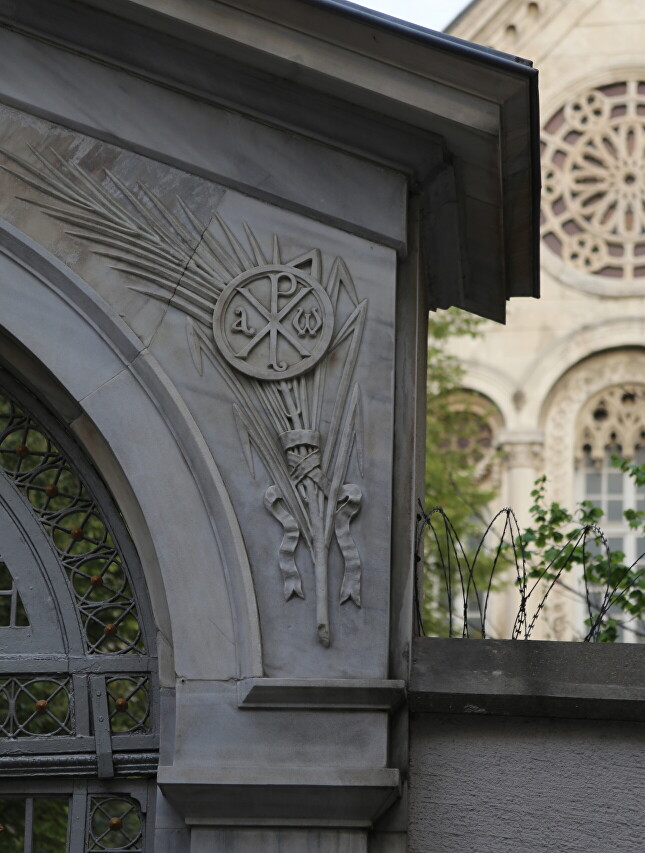
According to various sources, the church is open daily from 08: 30 to 21: 00, but around 18 hours I found it closed. There is information that on Sundays at 9:00 am, services are held here for a small Greek community.
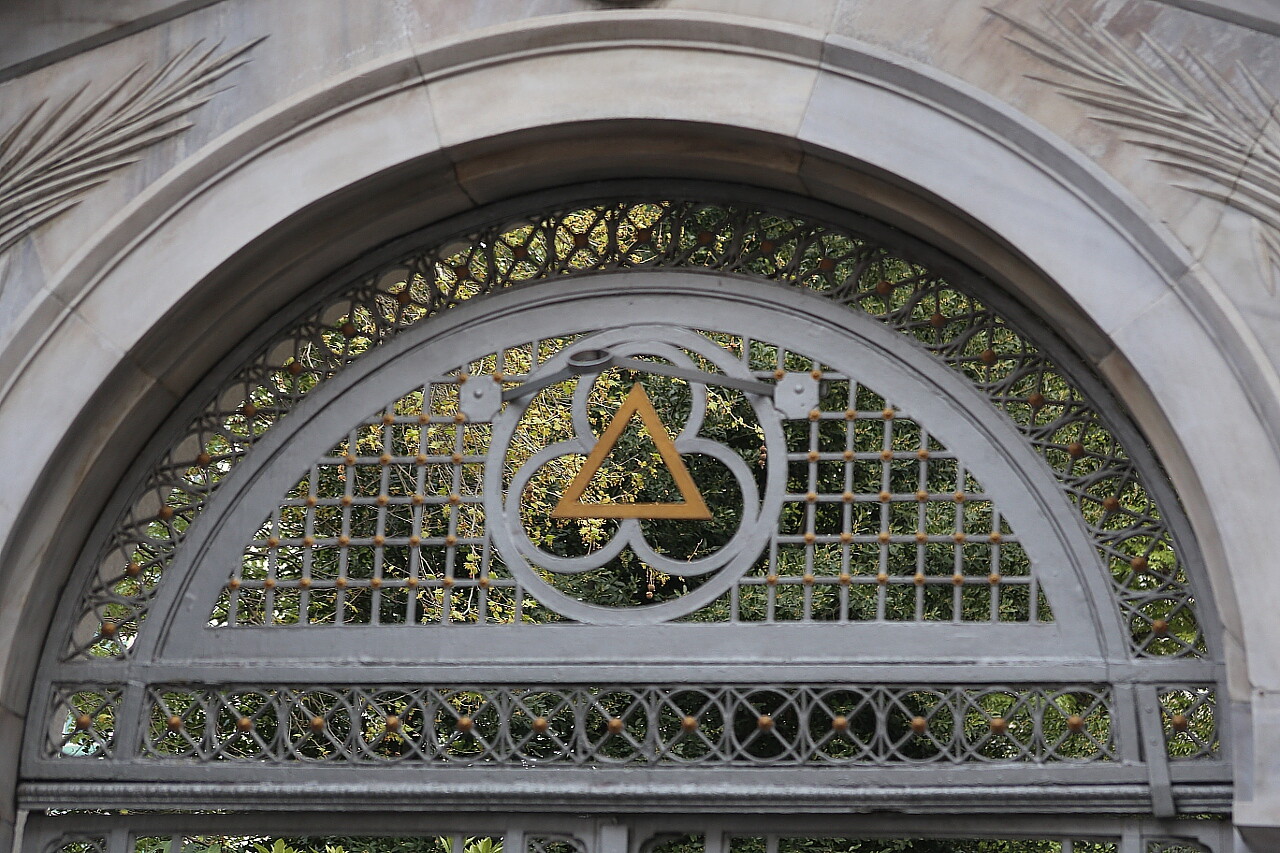
The territory is carefully guarded, barbed wire is stretched over a cast-iron lattice fence, video surveillance cameras are everywhere.
